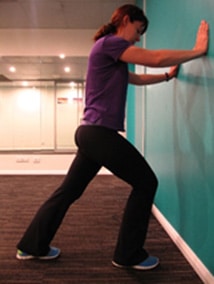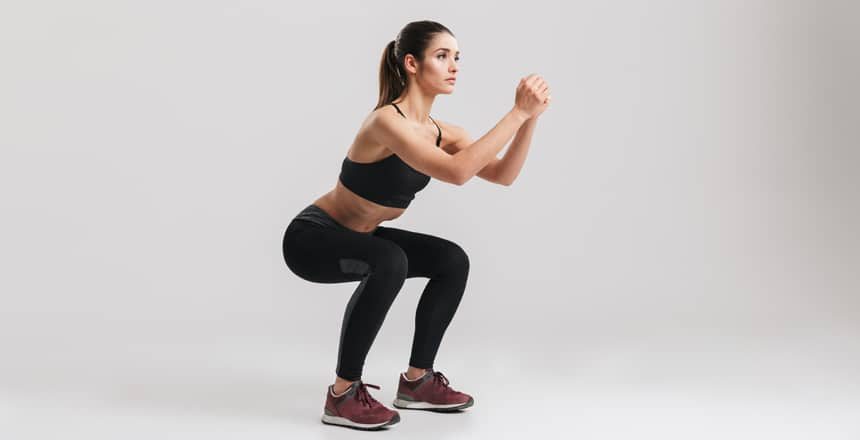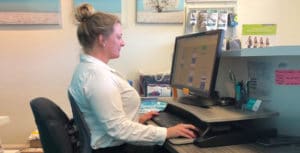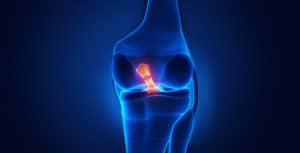Have you ever had that sinking feeling when you drop your freshly buttered toast on the floor? Conveniently forgot to vacuum under the couch, because no one sees it anyway, right? Aside from the buttery-rich and dusty floors you might have, you may also be having trouble with squatting down low.
While this is one of the most functional movements our bodies have, many of us have trouble being able achieve this satisfyingly deep-seated squat.
If you’ve tried working on your hips and knees, but to no avail – feet might be your solution!
Our feet are amazingly complex and versatile structures – transitioning from a compliant structure able to adapt to the surface (heel-strike to loading) to a rigid lever to generate propulsive forces (mid-stance to toe off).
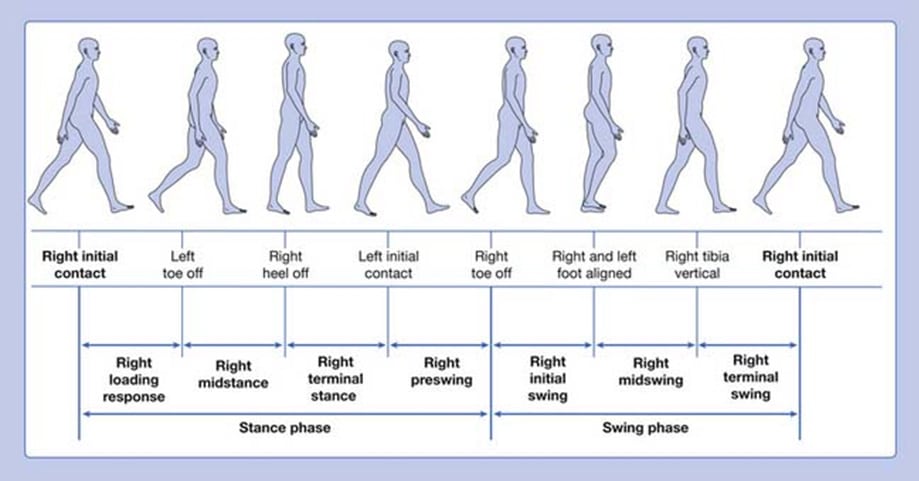
It may be surprising to note that many of the muscles that support the foot start in the calf. Tightness and weakness in these muscles are a common cause of foot malfunction – creating stiffness and immobility in our hind foot – leading to poor biomechanics during our basic function (ie standing, walking, stairs, squatting).
There are many other factors which can lead to the ankle stiffness that is blocking your squat, such as altered gait patterns, leg length differences, forefoot running techniques, frequent use of high-heels, or plain old-genetics. In any case, many of us would benefit from improving our ankle mobility.
Exercises such as calf stretches, ankle mobilisations, self releases with a foam roller or release ball are great ways to show your ankles some love.
Instructions: Standing in a lunge position with front knee bent and back knee straight. Keep your back heel on the ground and lean forward until you feel a stretch in the lower leg. If you can not keep your heel on the ground you may need to shorten your stance. Hold the stretch for 30 seconds and perfrom 3 – 5 repetitions each side.
If you are unsure which exercises to perform, or whether or not your would benefit from an ankle assessment – get in contact with your friendly local physio!
